-
 © Tony Baker/Classic & Sports Car
© Tony Baker/Classic & Sports Car -
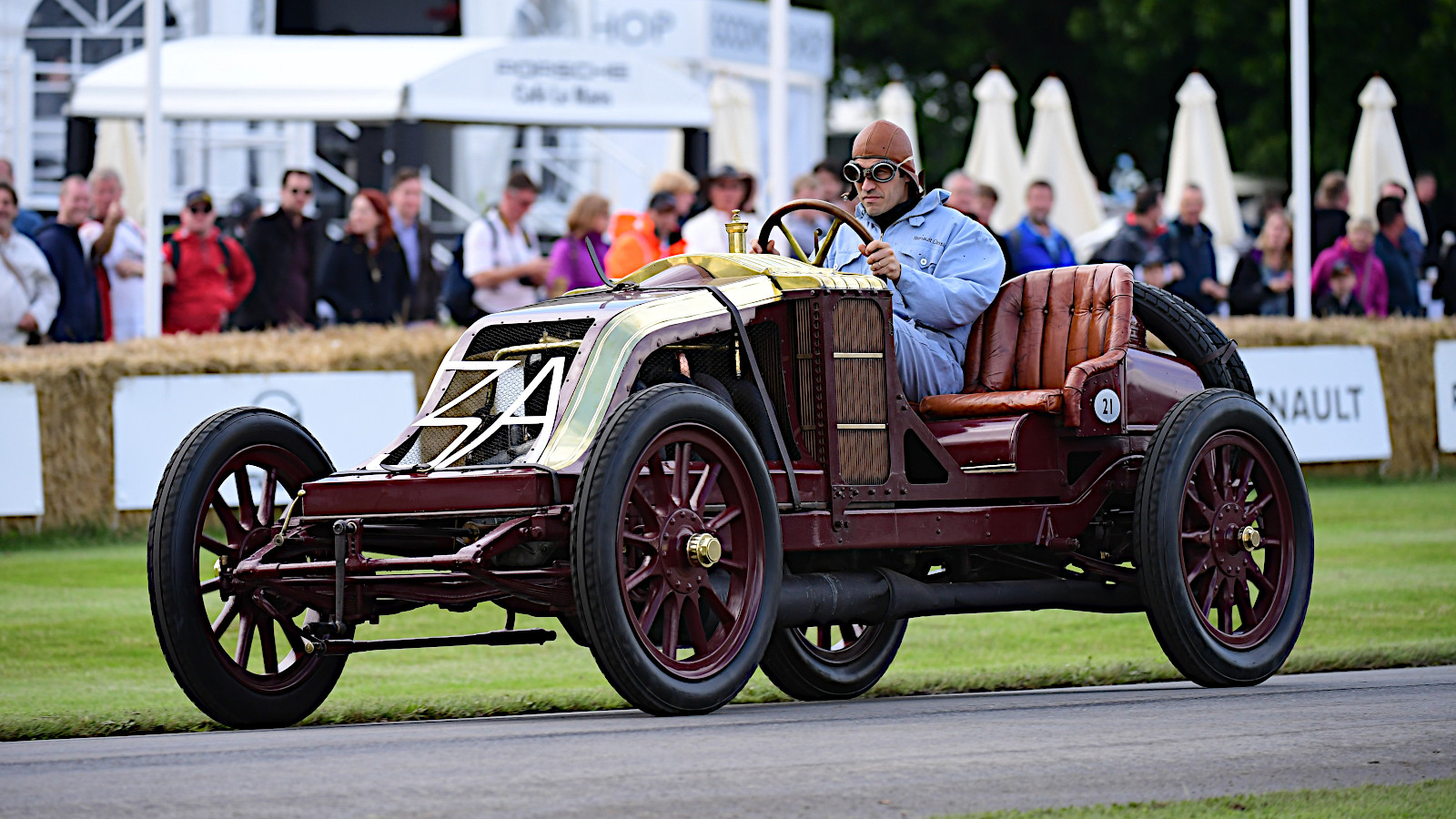 © Renault
© Renault -
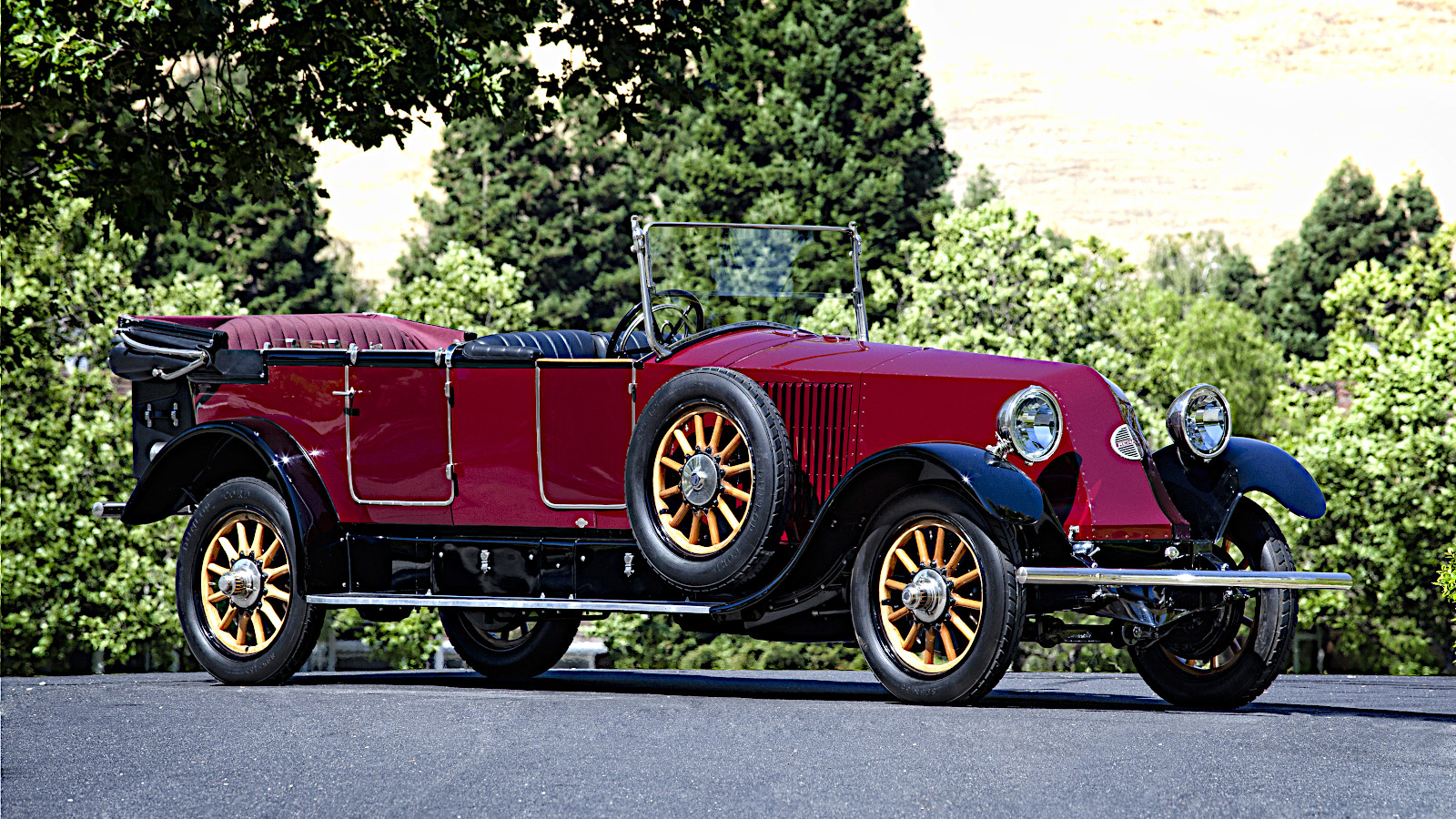 © Neil Fraser/RM Sotheby’s
© Neil Fraser/RM Sotheby’s -
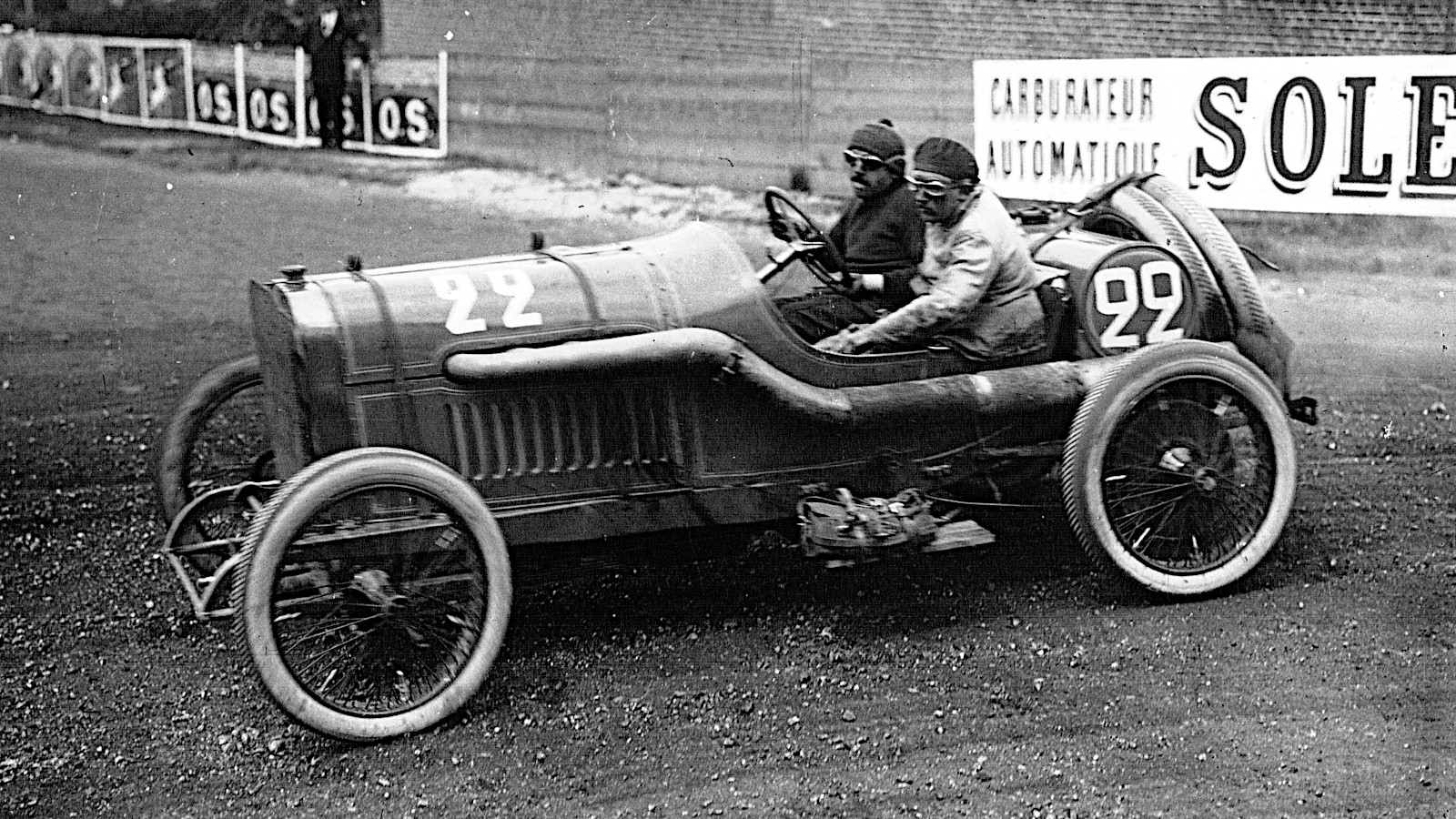 © Agence de presse Meurisse/Public domain
© Agence de presse Meurisse/Public domain -
 © Tony Baker/Classic & Sports Car
© Tony Baker/Classic & Sports Car -
 © RM Sotheby’s
© RM Sotheby’s -
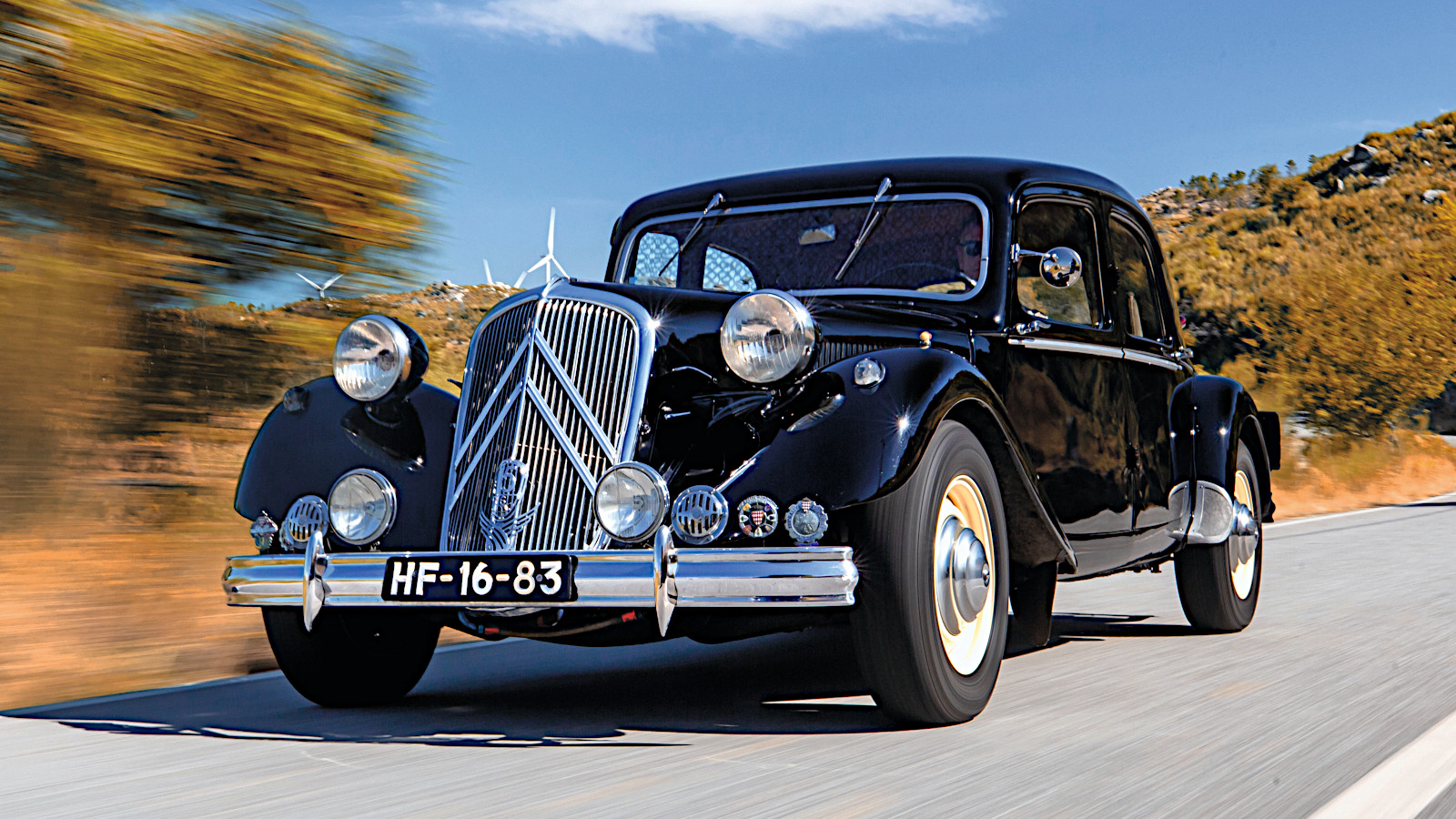 © Manuel Portugal/Classic & Sports Car
© Manuel Portugal/Classic & Sports Car -
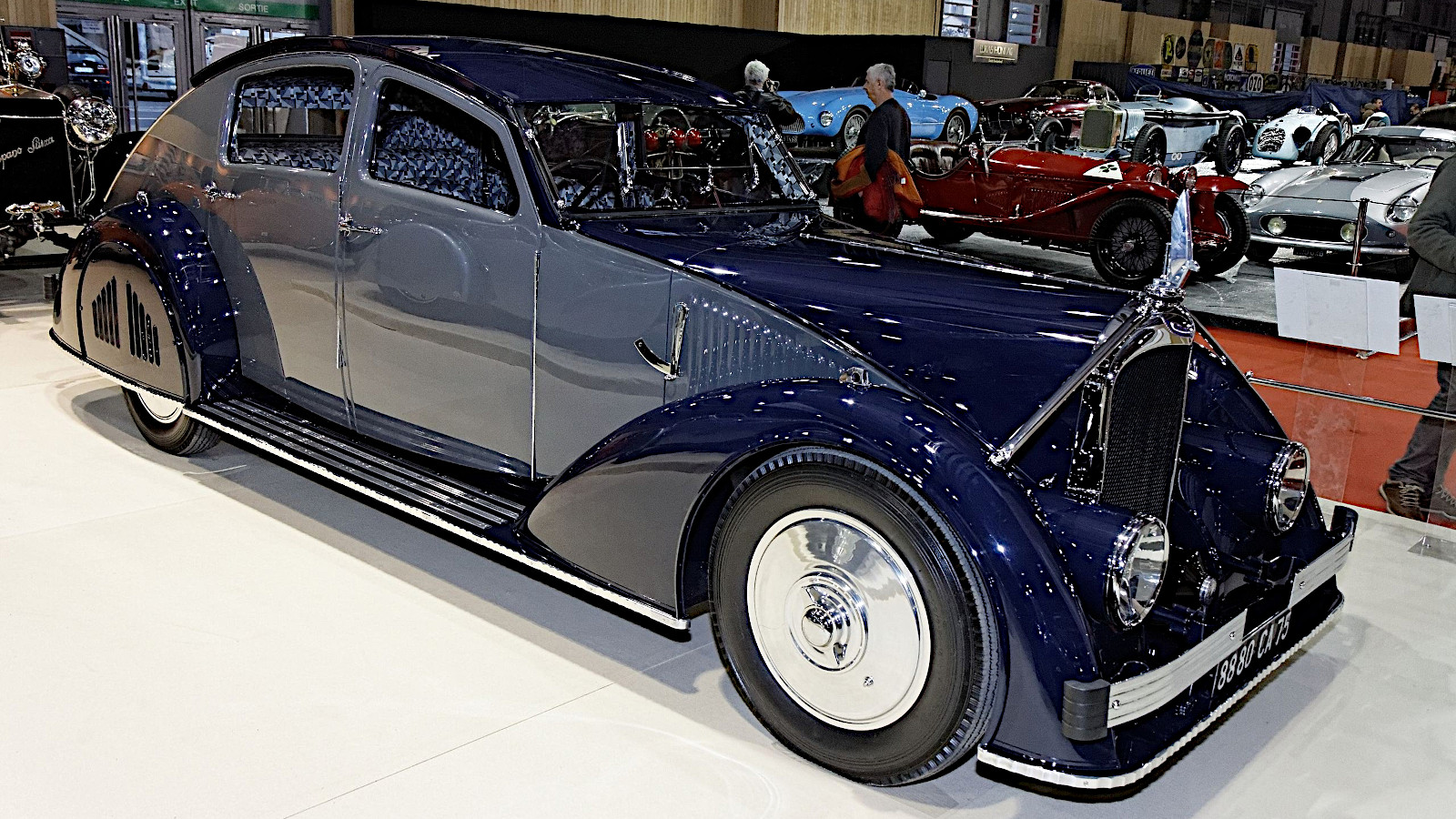 © Thesupermat/Creative Commons https://creativecommons.org/licenses/by-sa/3.0/legalcode
© Thesupermat/Creative Commons https://creativecommons.org/licenses/by-sa/3.0/legalcode -
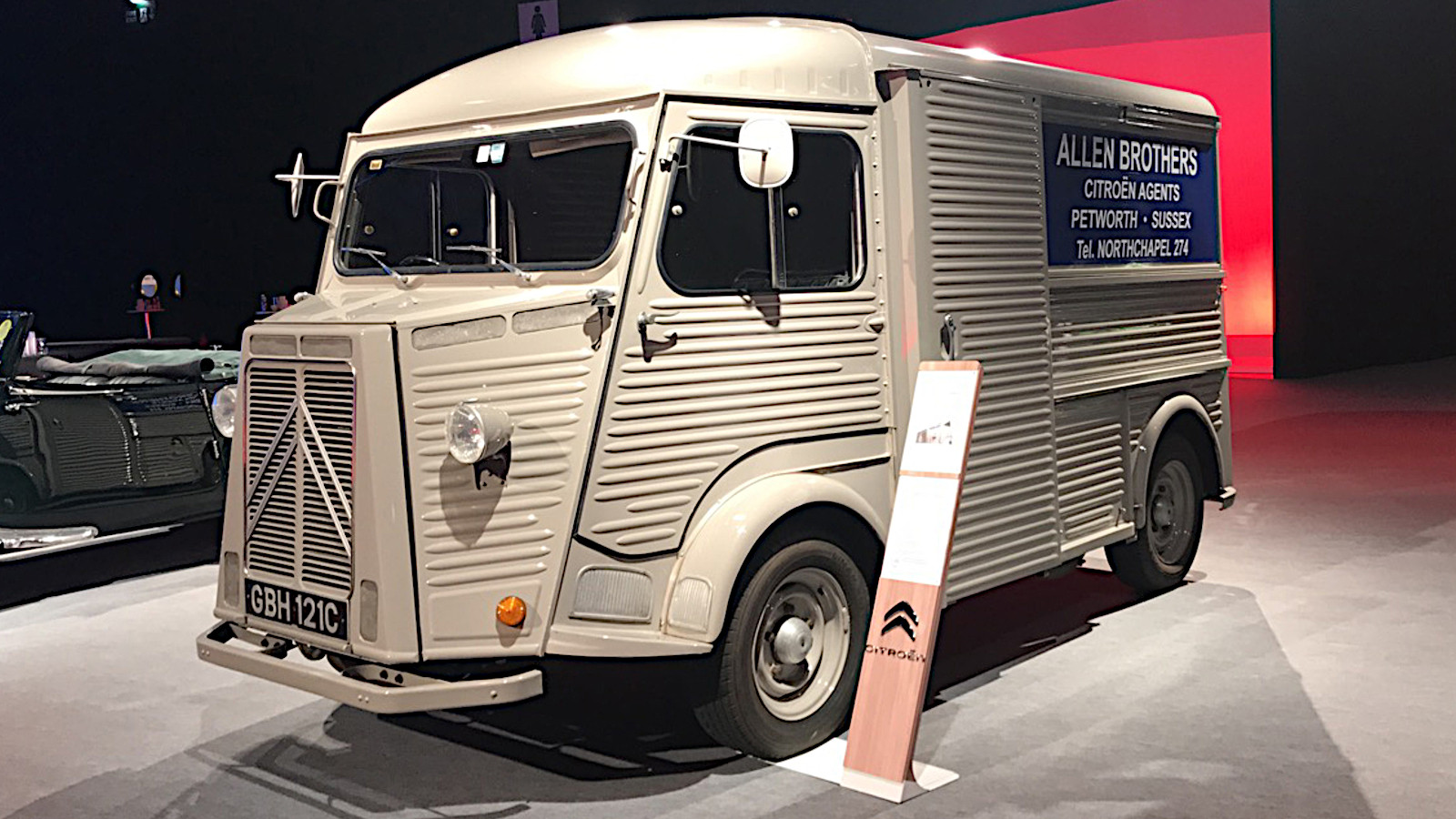 © Citroën
© Citroën -
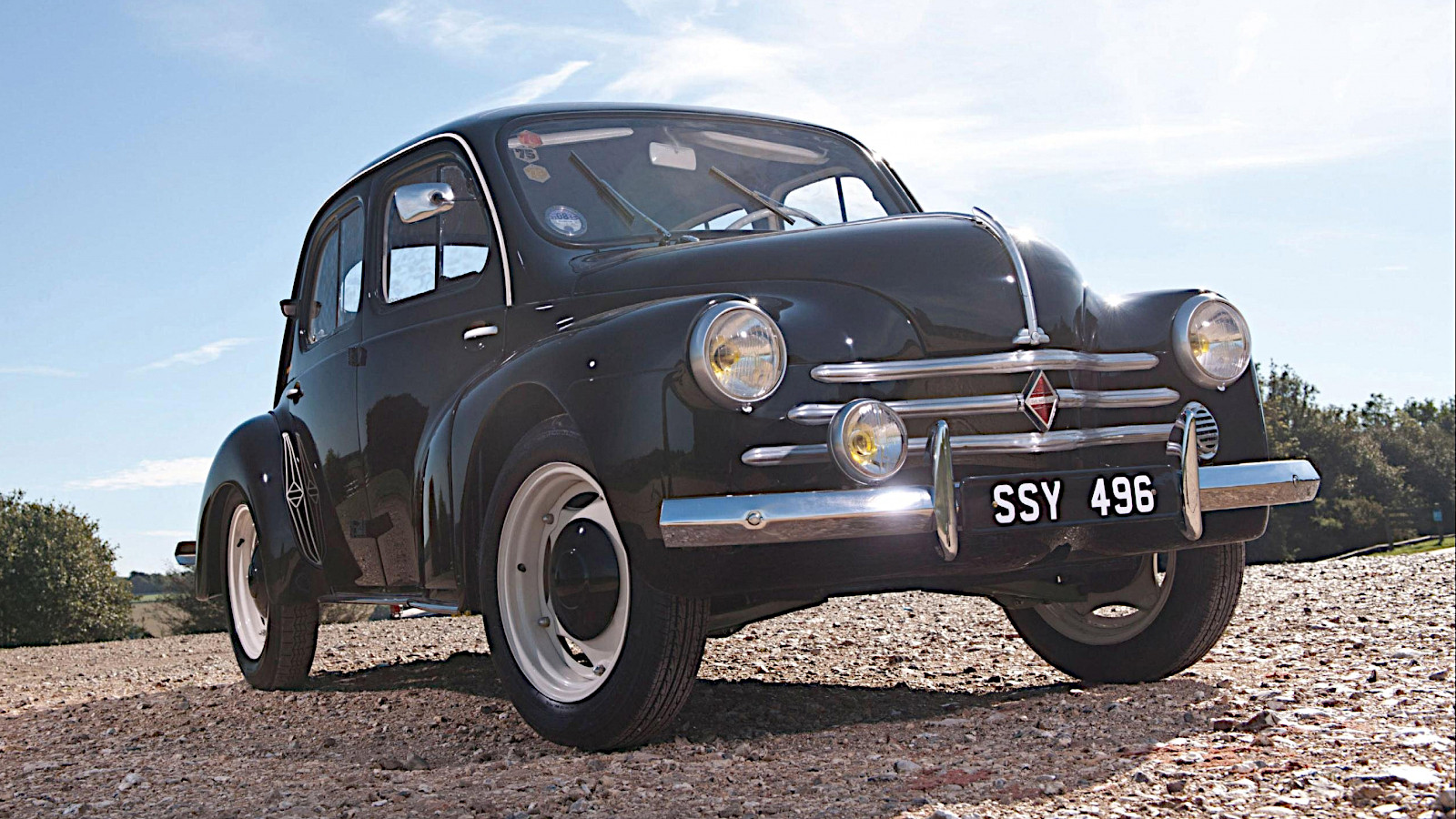 © RM Sotheby’s
© RM Sotheby’s -
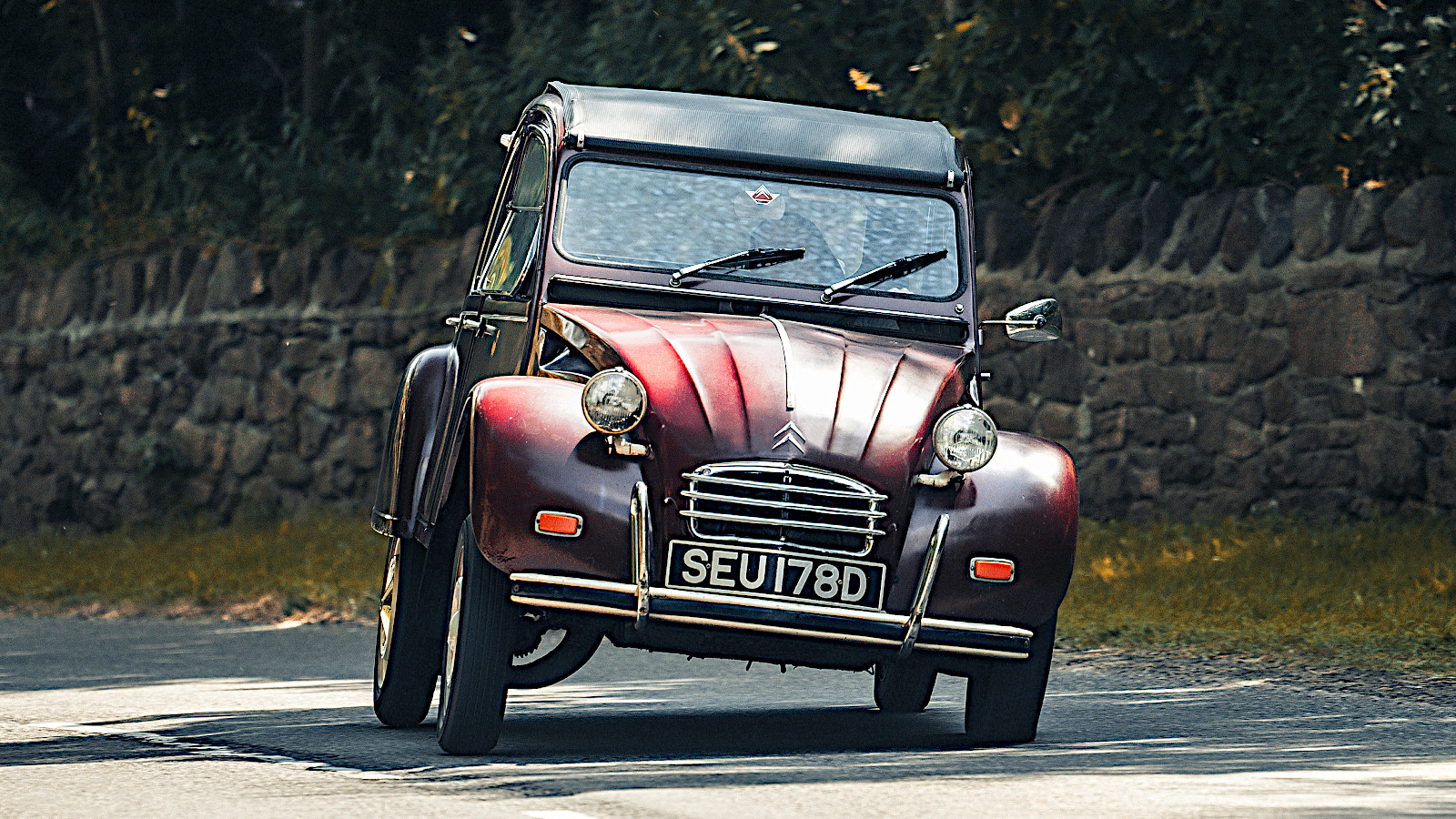 © Luc Lacey/Classic & Sports Car
© Luc Lacey/Classic & Sports Car -
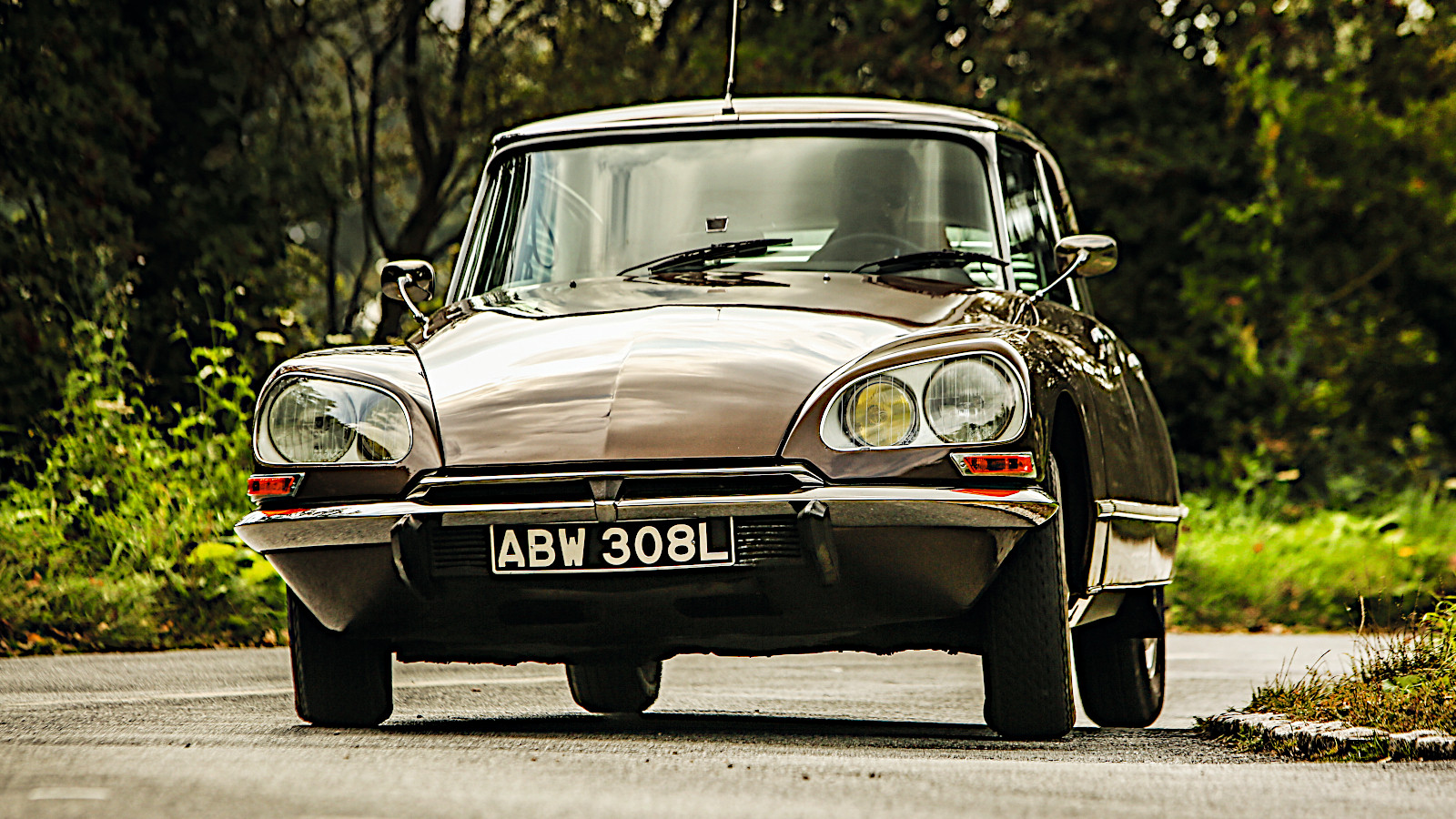 © Tony Baker/Classic & Sports Car
© Tony Baker/Classic & Sports Car -
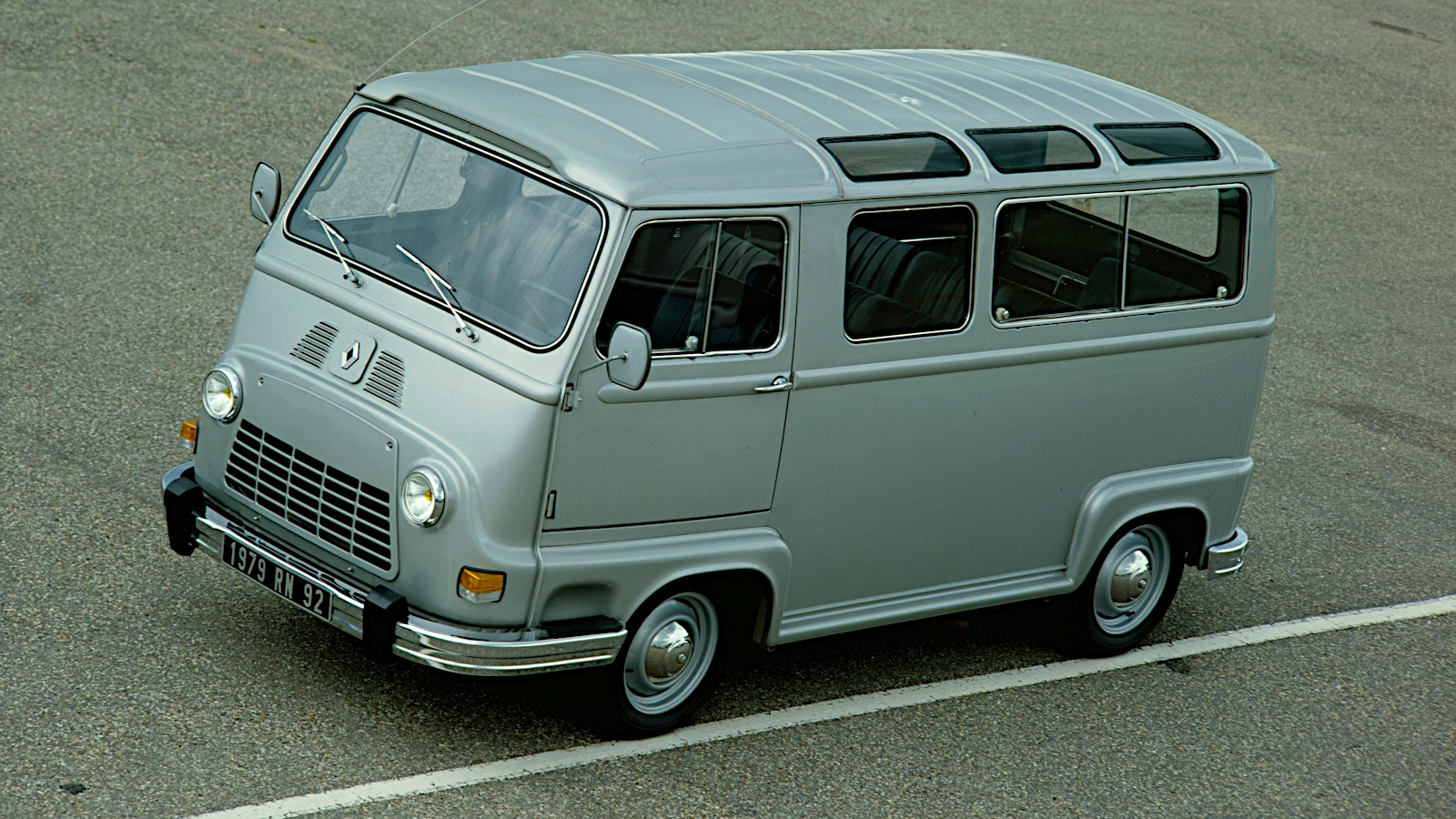 © Renault
© Renault -
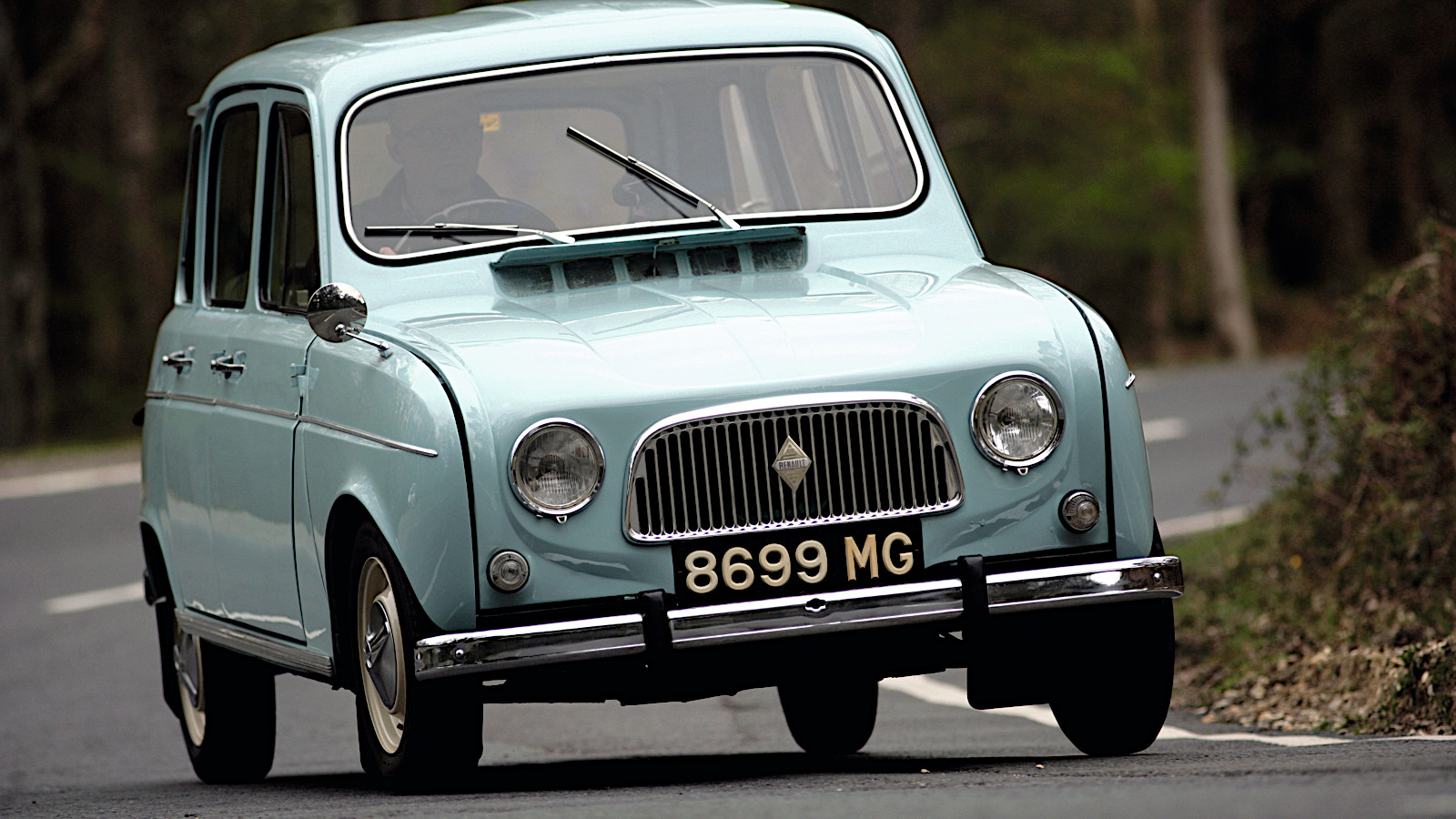 © Classic & Sports Car
© Classic & Sports Car -
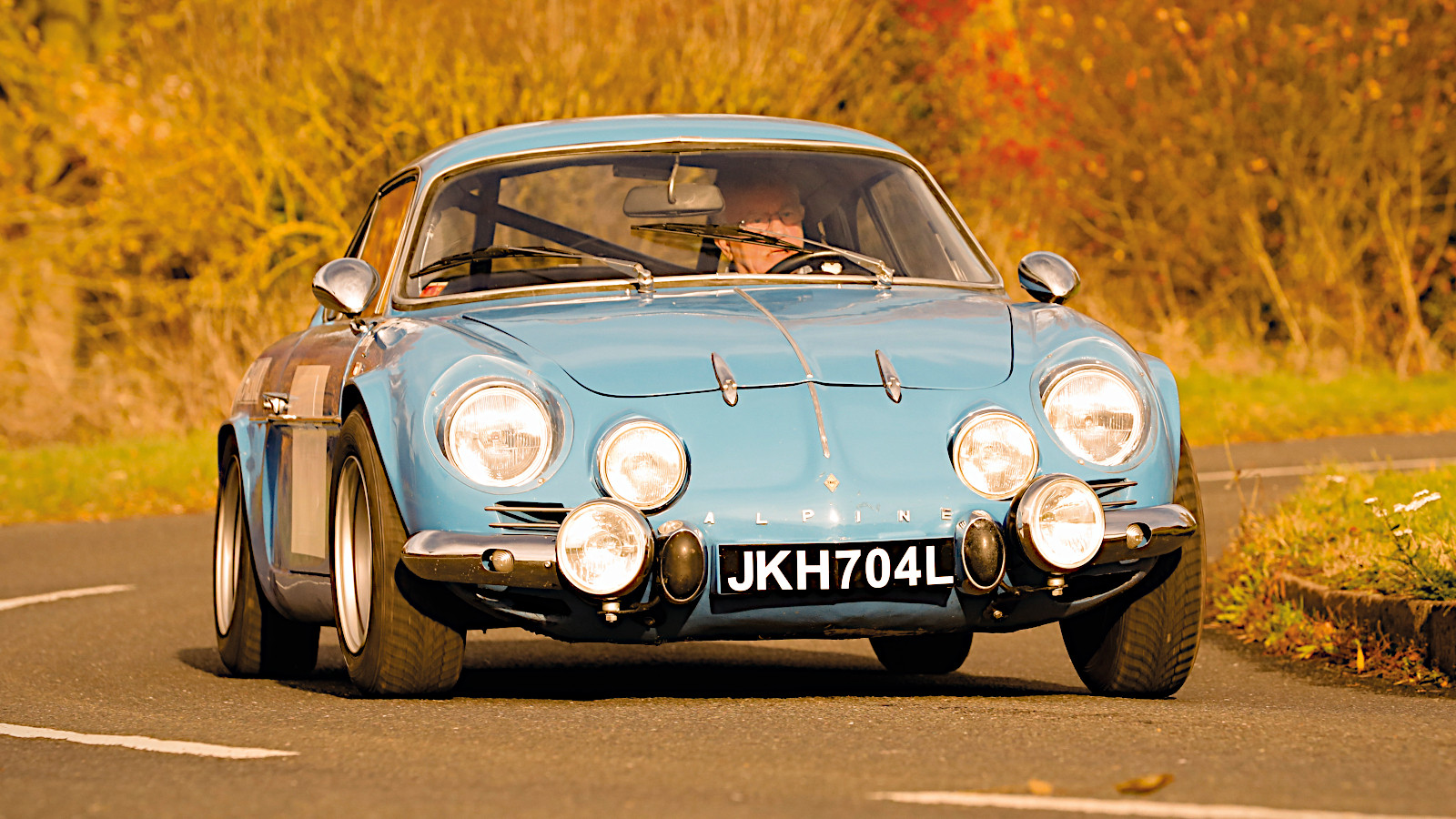 © Tony Baker/Classic & Sports Car
© Tony Baker/Classic & Sports Car -
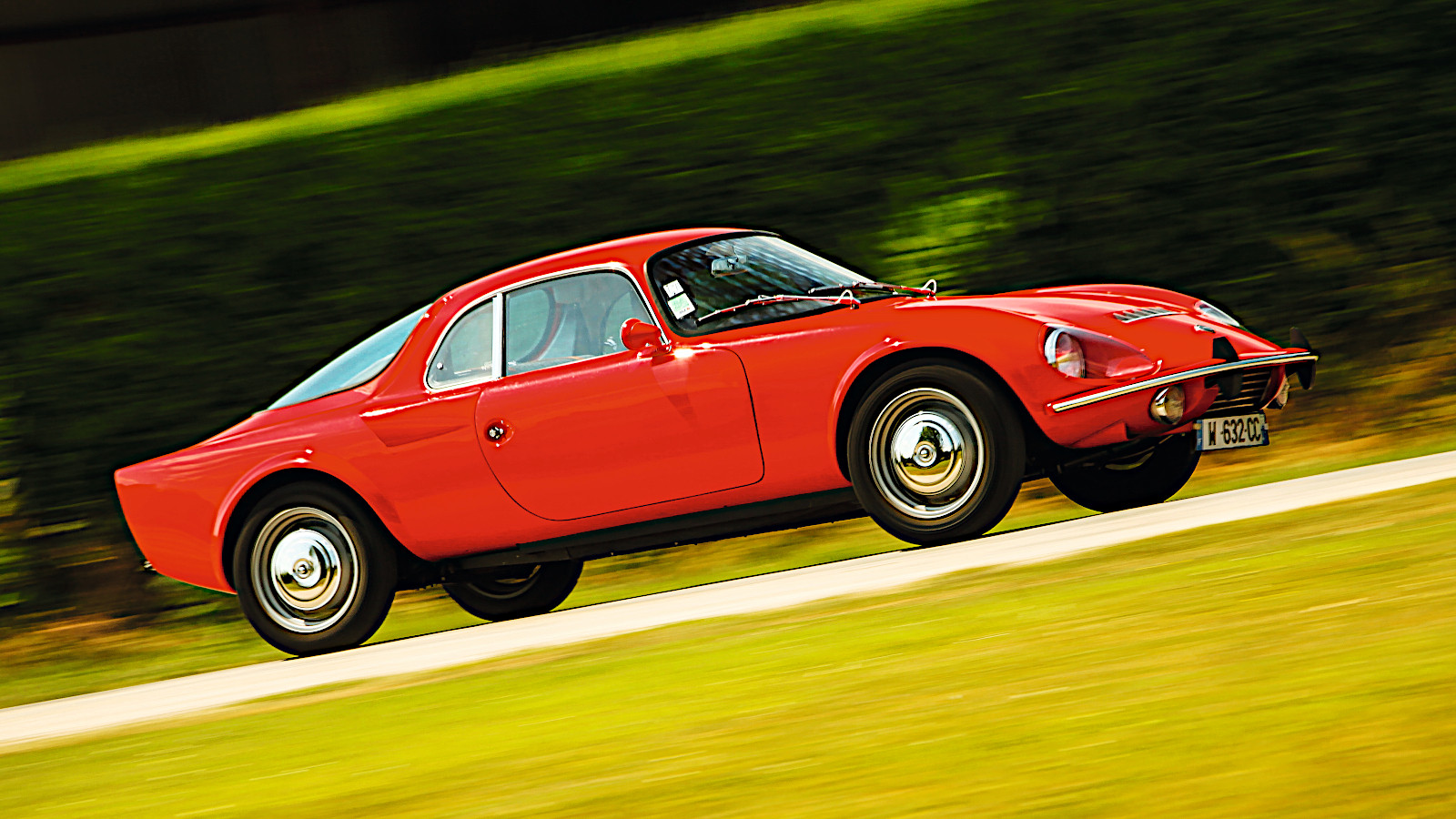 © Tony Baker/Classic & Sports Car
© Tony Baker/Classic & Sports Car -
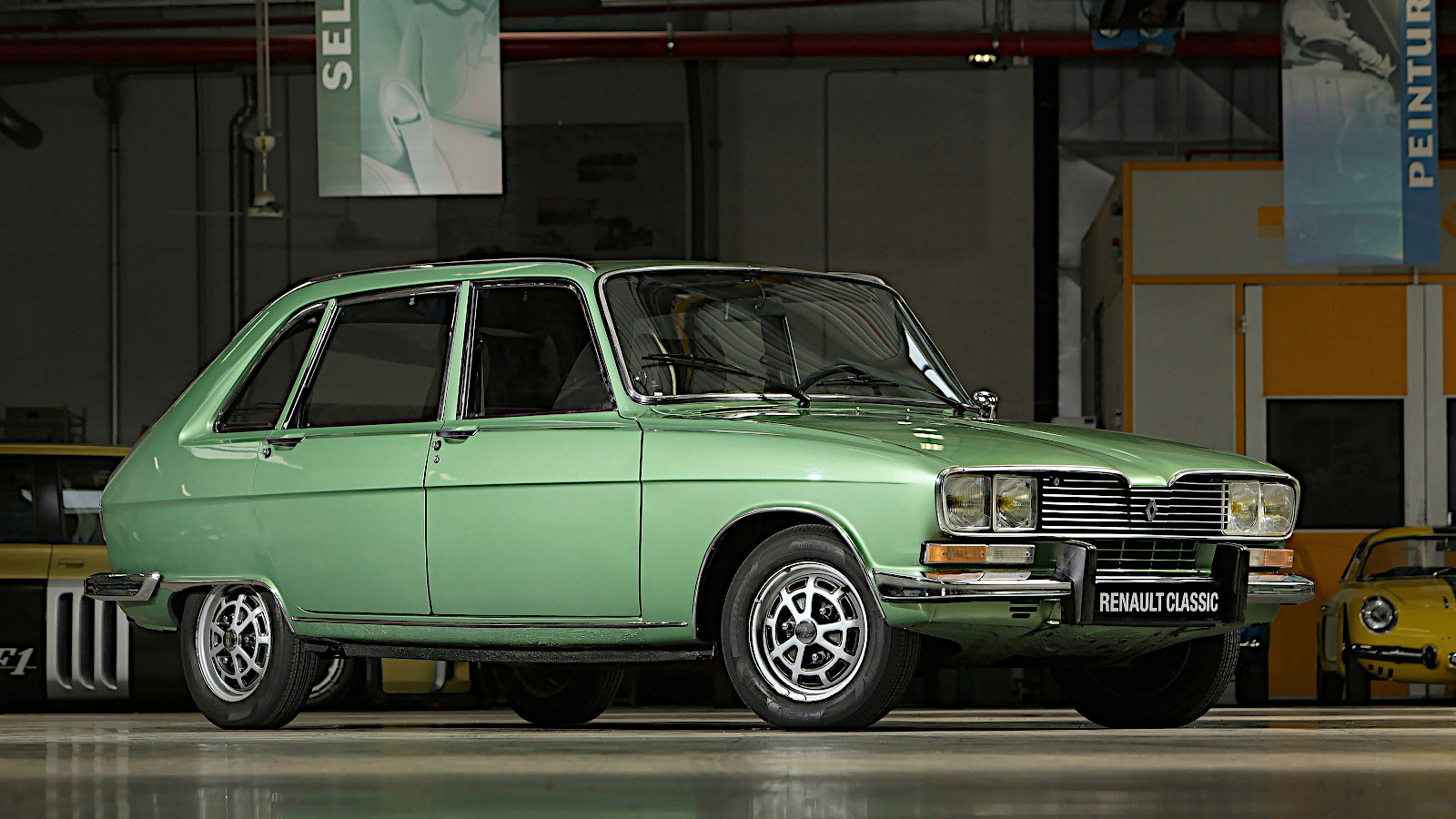 © Renault
© Renault -
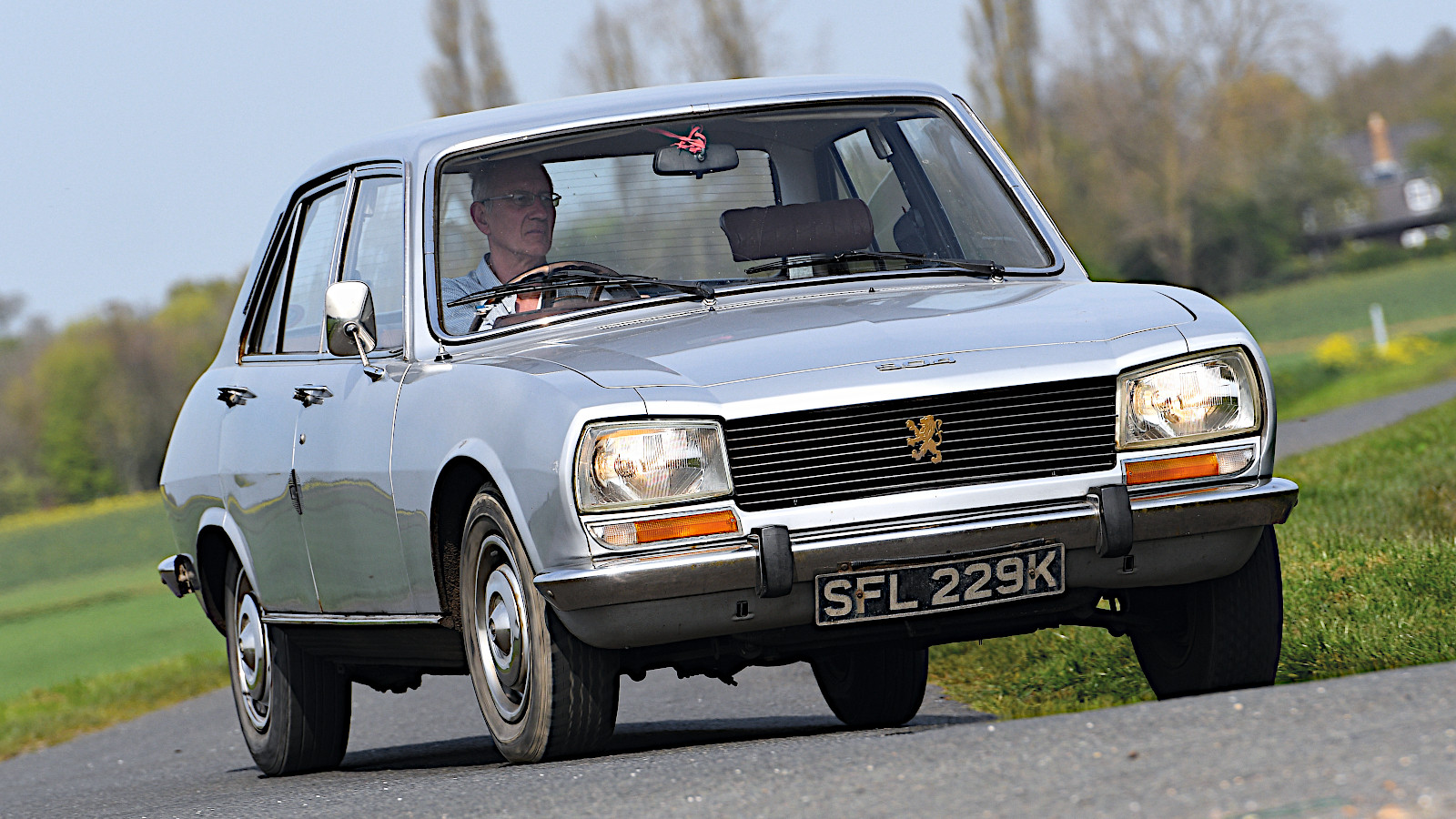 © John Bradshaw/Classic & Sports Car
© John Bradshaw/Classic & Sports Car -
 © Tony Baker/Classic & Sports Car
© Tony Baker/Classic & Sports Car -
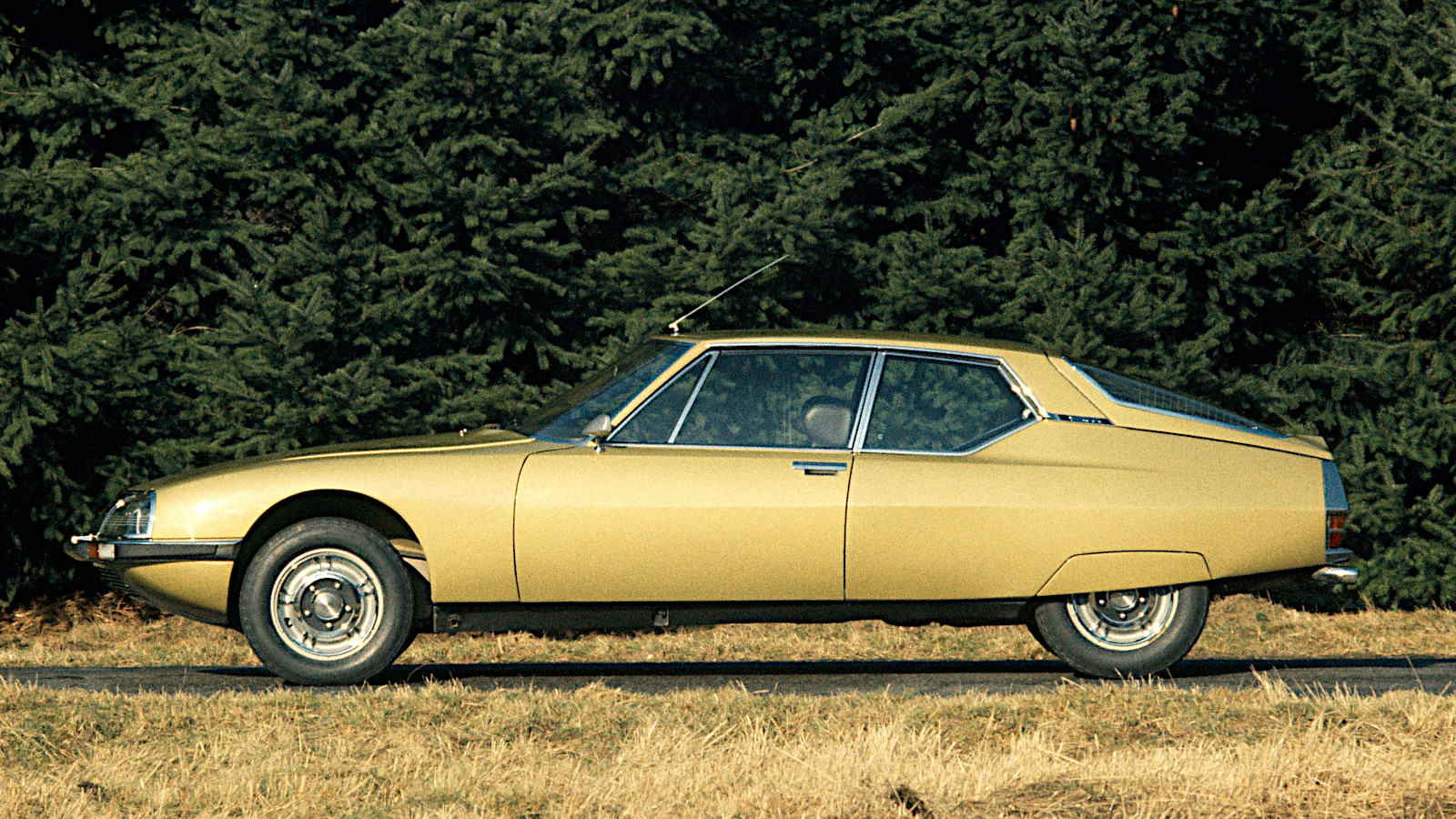 © Citroën
© Citroën -
 © Renault
© Renault -
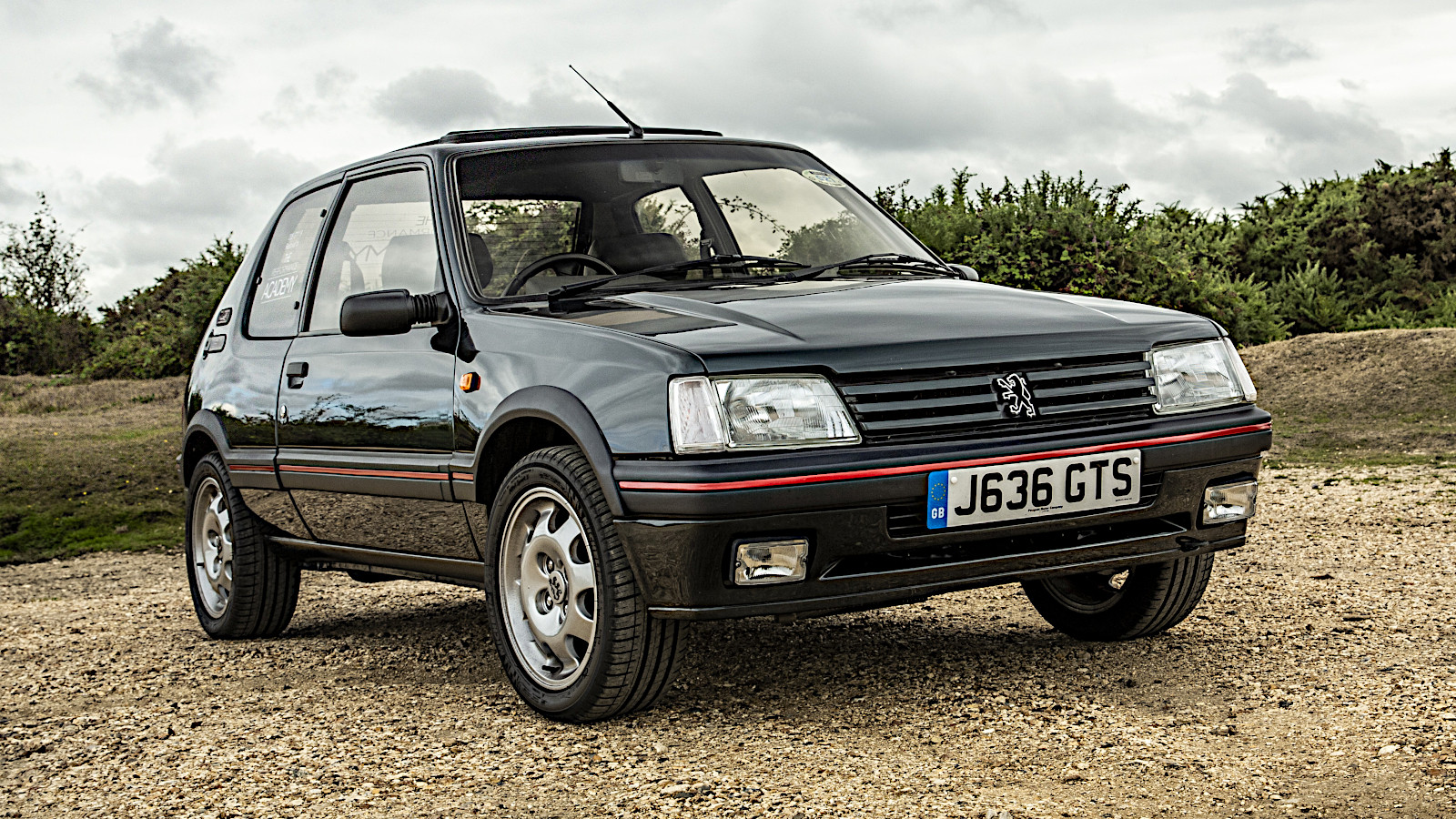 © Peugeot
© Peugeot -
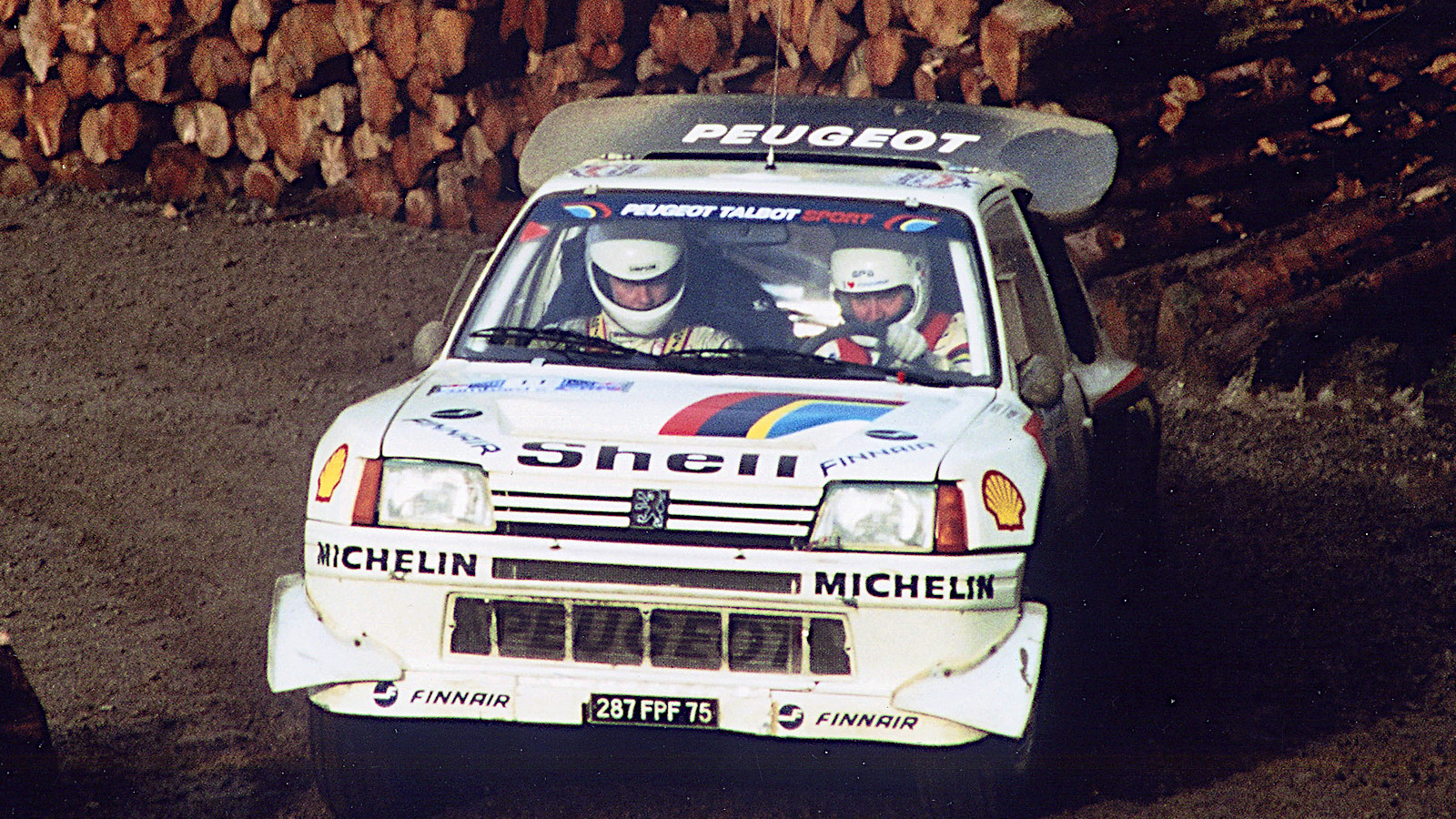 © Peugeot
© Peugeot -
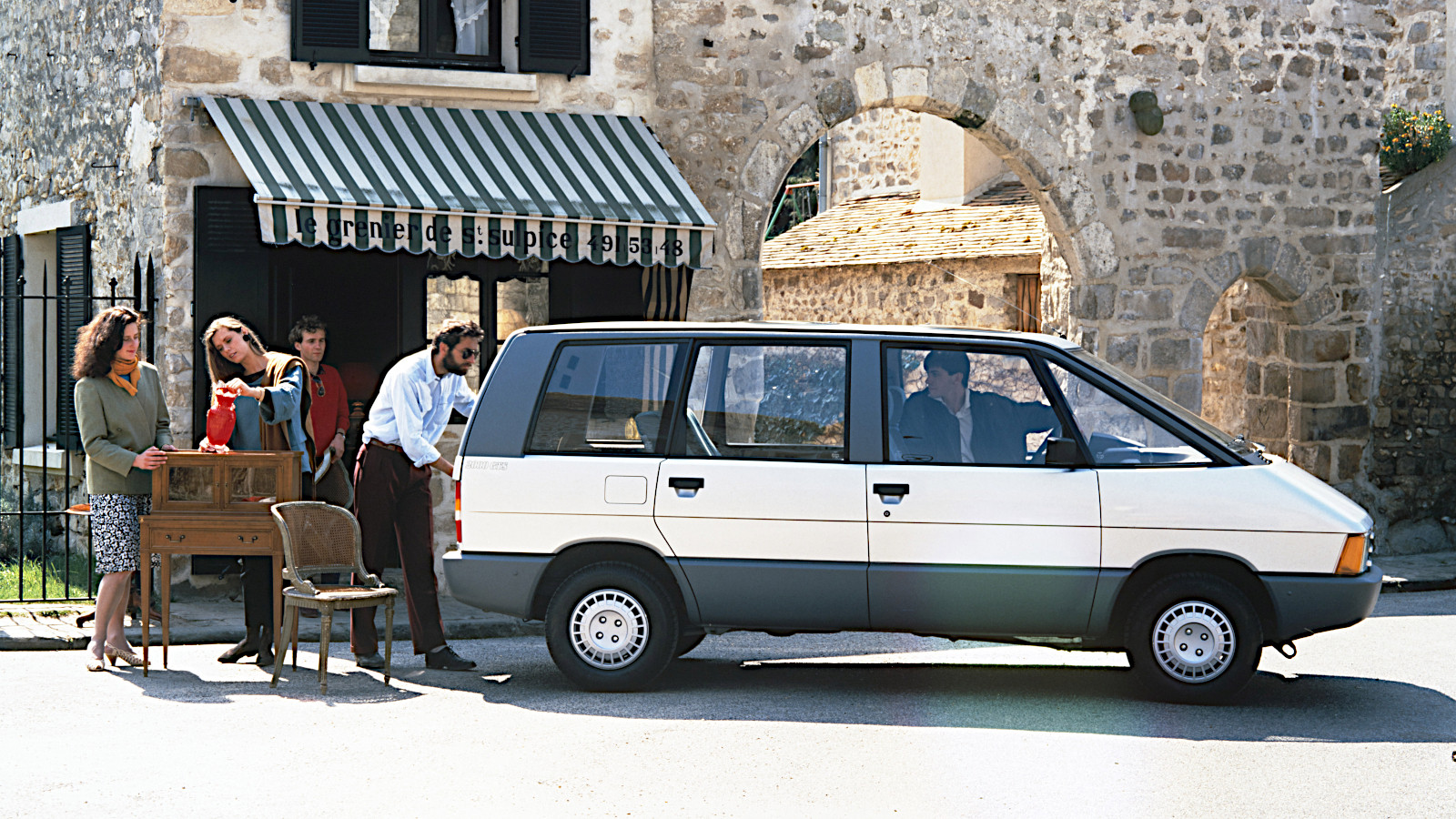 © Renault
© Renault -
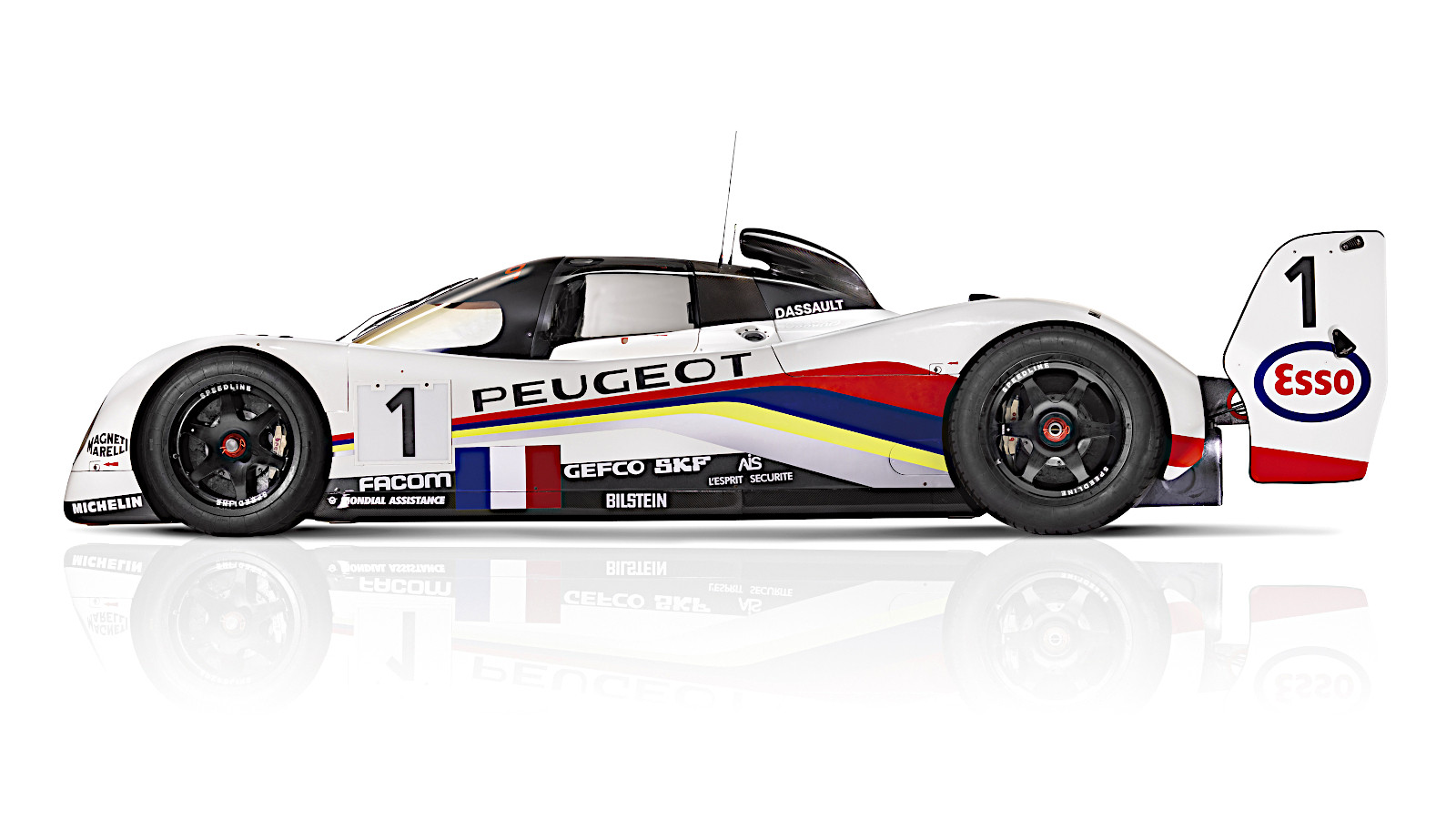 © Peugeot
© Peugeot -
 © Citroën
© Citroën -
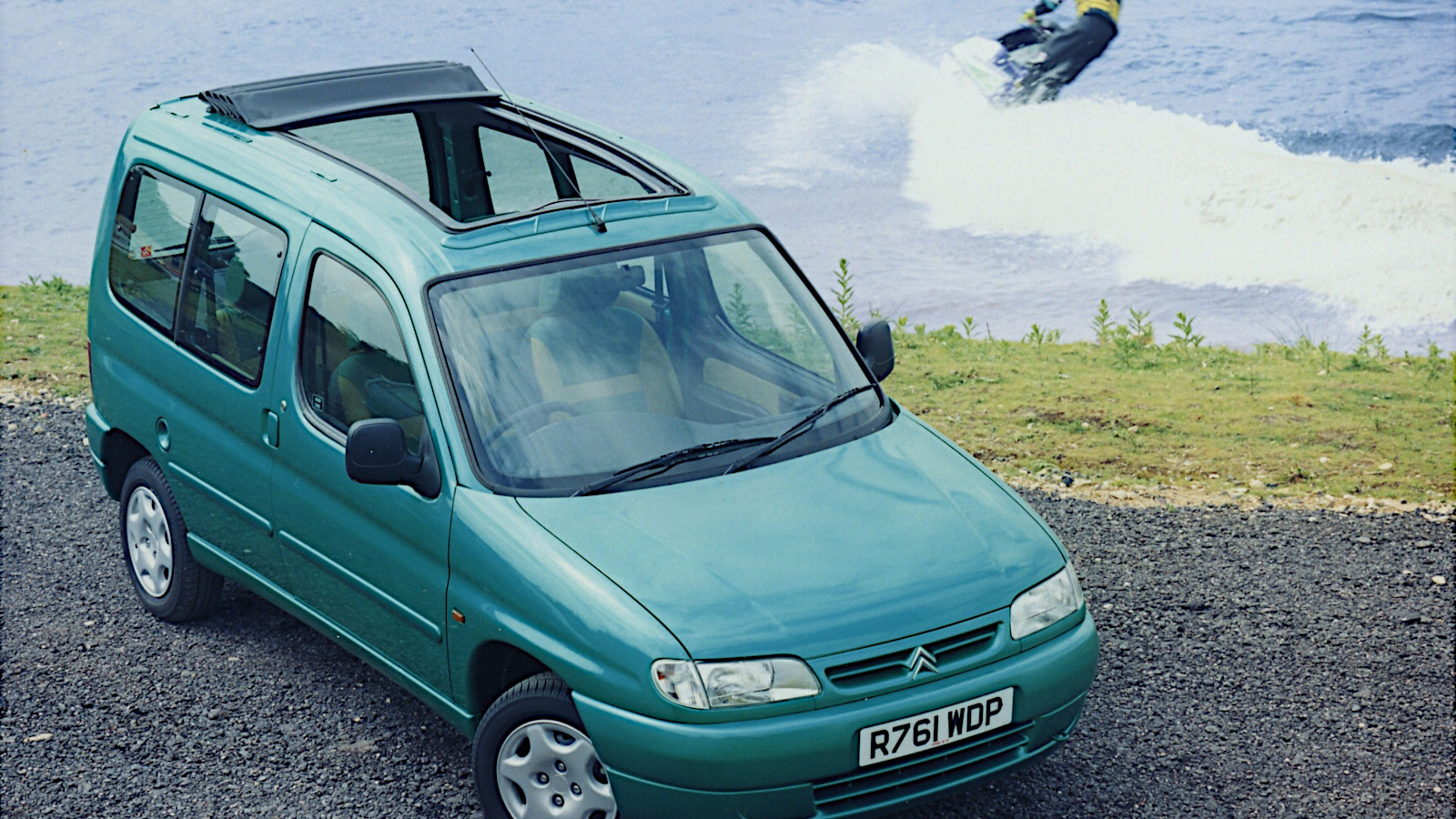 © Citroën
© Citroën -
 © Citroën
© Citroën -
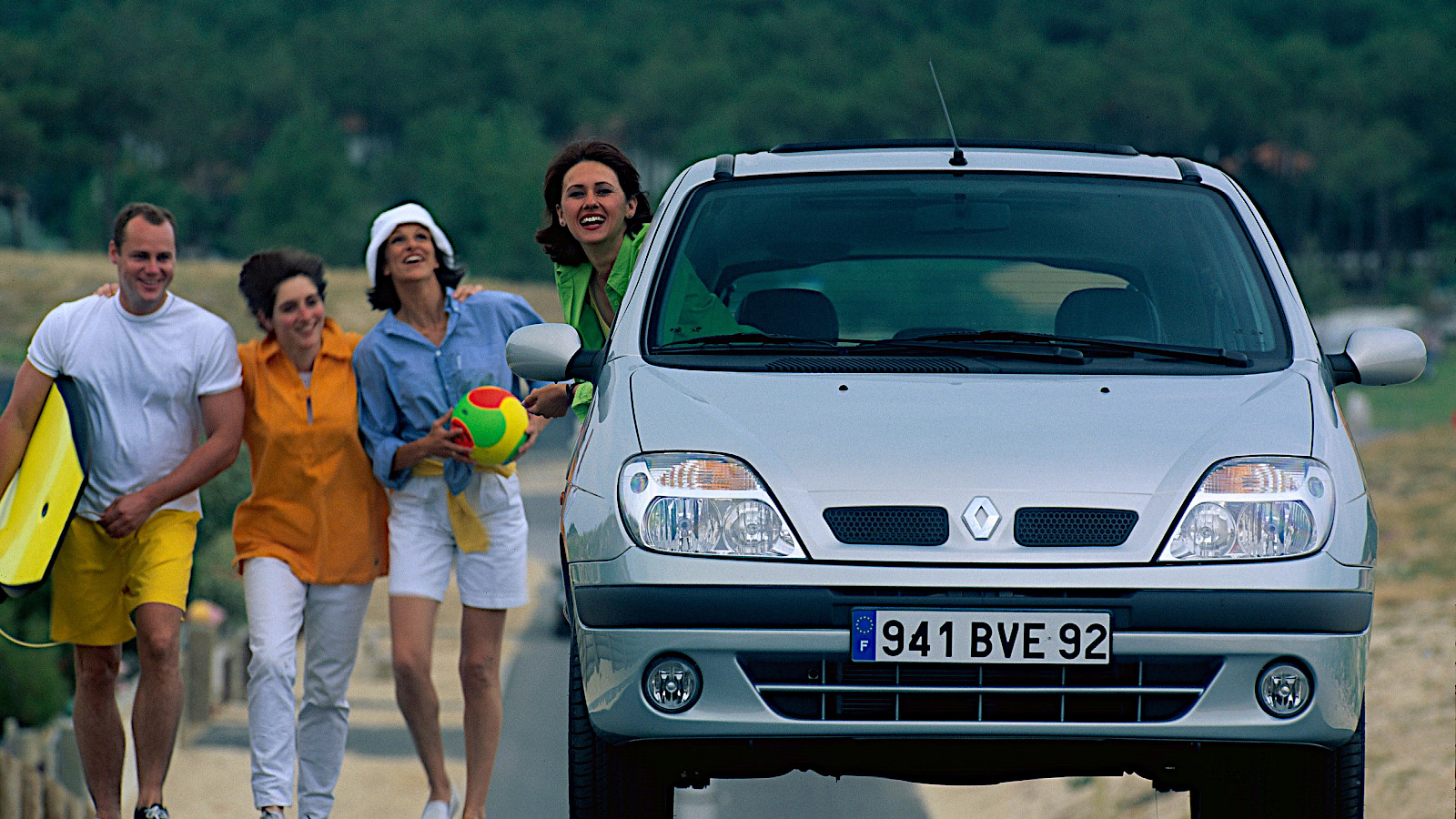 © Renault
© Renault -
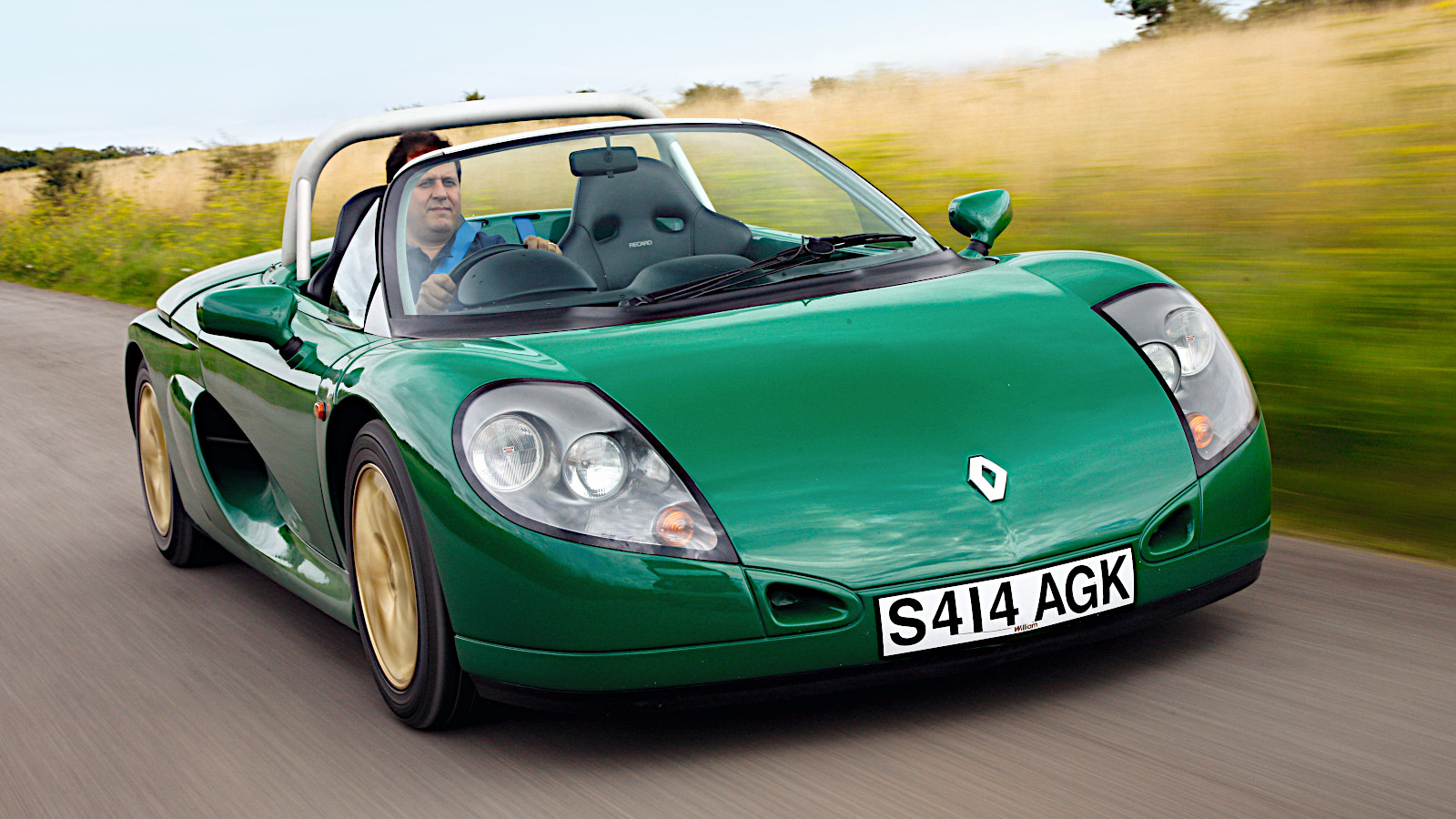 © David Shepherd/Classic & Sports Car
© David Shepherd/Classic & Sports Car -
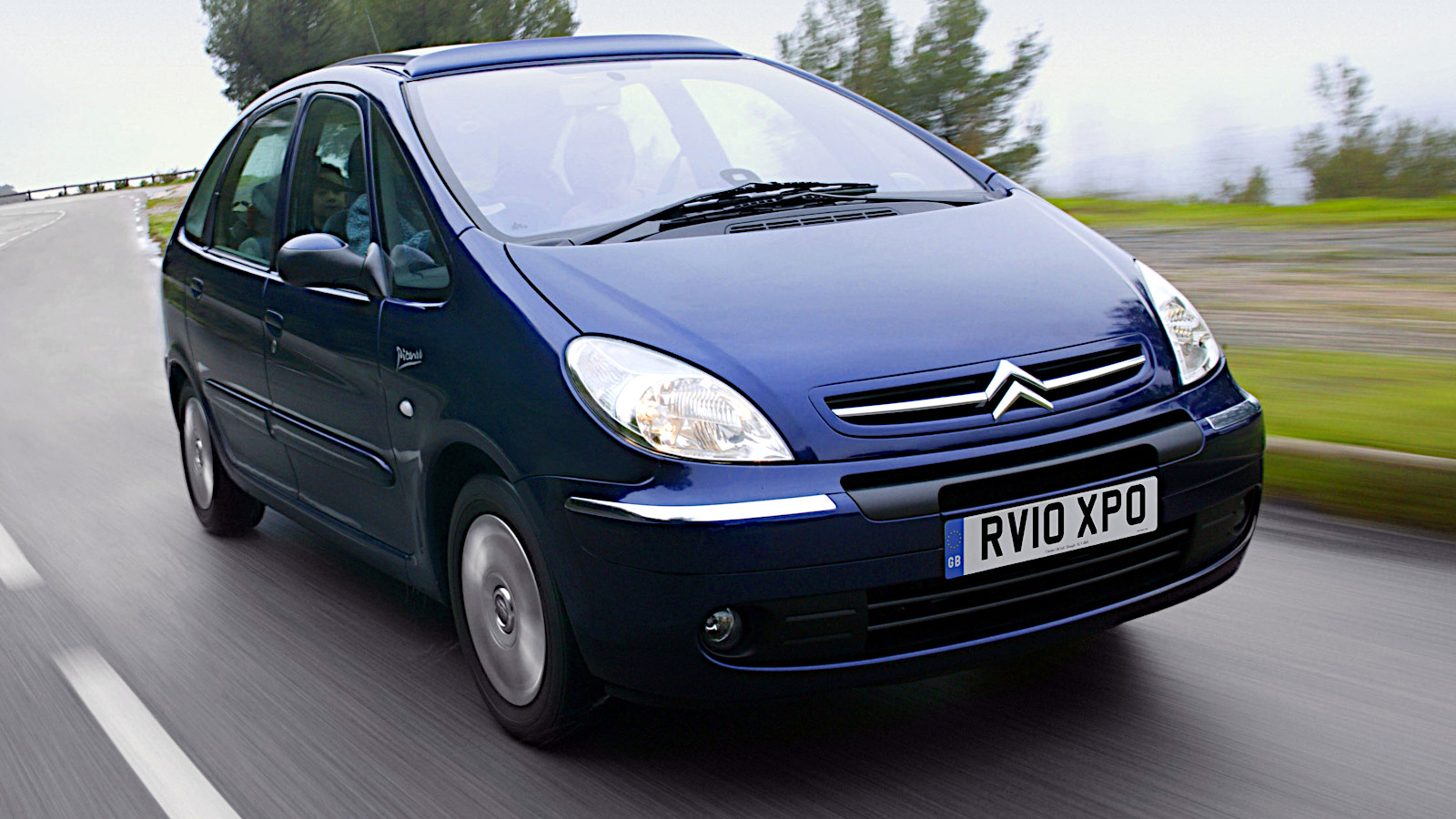 © Citroën
© Citroën
-
Vive la France
French manufacturers have been building cars since the dawn of motoring (or even before, if you count Nicolas-Joseph Cugnot’s steam-powered dray of 1770), and a great many of them have been very significant in one way or another.
Here’s a selection of 30 from the last century, listed in chronological order. There are many more to choose from, so if we happen to have missed your favourite, don’t worry – we were thinking about that one, too.
-
1. Renault AK (1906)
Renault was established in 1899, and quickly gained a reputation for building very effective competition cars.
It made three examples of the AK for the 1906 French Grand Prix, the first race of that name ever held.
At less than 13 litres, the AK’s engine was considered small for the time, but it produced enough power for the job. Renault also had the advantage of detachable wheel rims, which made the inevitable stops to replace punctured tyres much faster than they might otherwise have been.
Hungarian driver Ferenc Szisz won the race, beating formidable opposition in the shape of Felice Nazzaro’s Fiat by over half an hour. No matter who won a Grand Prix after that, or will do in the future, Szisz and Renault got there first.
-
2. Renault 40CV (1911)
The 40CV was manufactured in a variety of forms from 1911 until 1928, a production run nearly as long as that of the Ford Model T.
It was essentially a luxury model, but there was more to it than that.
With plenty of power, it was able to win the Rallye Monte-Carlo in 1925. A heavily modified and very narrow single-seater version set several speed records the following year.
-
3. Peugeot L76 (1912)
A group of Peugeot employees came up with such a radical idea for a racing car that they became known within the company as the Charlatans.
At a time when car engines were very simple by modern standards, they devised one with twin overhead camshafts and four valves per cylinder. There is nothing remotely surprising about this today, but in 1912 it was revolutionary.
Georges Boillot won the French Grand Prix that year by just over 13 minutes – 11 months later, Jules Goux was victorious at the Indianapolis 500 by a similar margin, also in a Peugeot L76.
Thanks to the designers considered mad by some of their peers, Peugeot had got motorsport absolutely right, at least for a while.
-
4. Bugatti Type 35 (1924)
The exact number of Type 35s built (along with the Type 37 and Type 39 derivatives) is no longer clear even to Bugatti, but it is certainly in the hundreds.
Notable for both their lightness and their satisfying design, these cars were a very familiar sight in 1920s motorsport.
They won the Targa Florio road race on Sicily every year from 1925 to 1929, along with several Grands Prix, including the first ever held at Monaco.
Type 35s are highly prized today – and can still be found racing in historic events.
-
5. Bugatti Type 57 (1934)
The many variants of the Type 57 included luxurious grand tourers and successful racing cars.
The competition record of the latter was very impressive, and included one victory in the French Grand Prix and two in the Le Mans 24 Hours.
Despite this, the Type 57 is perhaps better remembered today for the fabulous Atlantic and Atalanta coupés which represent the peak – of at least something close to it – of extravagant 1930s car design.
-
6. Citroën Traction Avant (1934)
In one sense, the Traction Avant (as several examples with different names are collectively known) was a case of Citroën getting it badly wrong.
Development costs were so high that they bankrupted the company, which had to be saved by Michelin.
As a car, though, the Traction Avant was a fine piece of work, combining unibody construction with front-wheel drive.
Neither of these were Citroën’s idea, but they were brought together so effectively that the company was able to continue producing it, once the financial chaos had died down, until 1957.
-
7. Voisin C25 Aérodyne (1934)
Gabriel Voisin started out as an aircraft pioneer, moved into the motor industry, produced an astonishingly aerodynamic Grand Prix car in 1923 and created a series of remarkable luxury cars.
The ultimate example from the last category was surely the C25 Aérodyne, a fabulously shaped saloon with flowing lines and, paradoxically, a proudly vertical radiator at the front end. Other body styles were available, but the Aérodyne was the most dramatic.
Looked at critically, the Aérodyne was of little importance, but some cars make us glad simply because they existed, and this is one of them.
-
8. Citroën H Van (1947)
The Type H commercial was built in such large numbers, and for so long, that it came to represent French vans in general, even among people who didn’t know what a Citroën was.
Its prominent nose and corrugated bodywork added to its charm, but this was also a very practical vehicle, and a strong challenger to the Volkswagen Type 2, which came along three years later and had a smaller, less powerful engine.
Production continued, with relatively minor changes from the original design, until 1981. Approximately 700% of all the H vans ever built have been converted into mobile cafés – or, if that’s not quite true, it sometimes feels like it.
-
9. Renault 4CV (1947)
After the Second World War, newly nationalised Renault changed its focus almost completely and became a manufacturer of predominantly inexpensive, mass-market cars.
The first of these was the little rear-engined 4CV, which perfectly met company founder Louis Renault’s directive that “we must build a small car that sells at a low price and is cheap on petrol”.
The 4CV did remarkably well in motorsport, but its true importance was that it provided transport for cash-strapped motorists in post-war France.
Renault built more than a million examples (a company record at the time), before abandoning production in 1961.
-
10. Citroën 2CV (1948)
Citroën’s response to the need for a cheap model was quite different from Renault’s: put the engine and gearbox up front, and equip the car with nothing that wasn’t absolutely necessary.
Loved and reviled in almost equal measure, the 2CV had an extremely long run. It inspired the Dyane, the Ami and the Méhari but outlasted all of them, surviving into the 1990s.
Although thoughts of competition probably never entered the heads of the designers, the car has become very popular in motorsport. Some drivers have never raced anything else. Others who have moved on include current Mercedes Formula One driver and race winner George Russell.
-
11. Citroën DS (1955)
If the Traction Avant made clever use of ideas recently developed by other companies, the DS had features so far ahead of the game that they did not become mainstream until many years after its launch.
These included hydraulic suspension, high-level rear indicators and, latterly, turning headlights.
This ingenious machine remained in production for two decades, and is still regarded even today as one of the finest cars Citroën ever devised.
-
12. Renault Estafette (1959)
A dozen years after its launch, the Citroën H Van met a worthy competitor in the form of another characteristically French commercial vehicle.
Depending on your view of these things, the Estafette – Renault’s first-ever front-wheel drive vehicle – was perhaps prettier than the H Van, if less distinctive.
In 1962, it was brought bang up to date when Renault fitted its brand-new Cléon-Fonte engine, which would remain in production for four decades.
The Estafette didn’t last quite that long, but it was manufactured in many forms until 1980.
-
13. Renault 4 (1961)
Citroën regarded the 4 with some grumpiness, feeling that Renault was copying its 2CV, but the new model was more modern, and its water-cooled four-cylinder engine was far more refined than its rival’s air-cooled twin.
It arrived just in time. US sales of the Dauphine, previously high, had collapsed, and Renault faced financial ruin. The 4 was an instant hit, which was just as well. If it hadn’t been, Renault might not exist today.
The extremely basic and very slow 3 derivative was a step too far, even for French buyers, and was discontinued almost immediately, but the 4 ticked every box it needed to.
Renault built a million examples in just four and a half years, and kept going well into the 1990s.
-
14. Alpine A110 (1963)
The A110 was the third sports car marketed by Alpine, and the first to use mechanical parts taken from the Renault 8.
When the 8 engine was replaced by the larger unit from the Renault 16, the A110 became a devastating rally car.
Its greatest year was 1973, when it dominated the new World Rally Championship, easily beating both the Fiat Abarth 124 Rallye and the Cosworth BDA-engined Ford Escort RS 1600.
The A110 was so significant for Alpine that the brand introduced another model of the same name in 2017. The two cars are mechanically quite different, but they look very similar.
-
15. Matra Djet (1963)
Originally known as the René Bonnet Djet, this car was, like the Alpine A110, a sports model with Renault components.
It wasn’t nearly as successful as the Alpine, but it had one epoch-making feature: with the same drivetrain as the Renault Estafette van, it was mid-engined.
This was very rare, even in motorsport (it had only just become accepted in Formula One), and just about unheard-of among road-legal vehicles.
The Lamborghini Miura is sometimes regarded as the first mid-engined roadgoing sports car, but the Djet beat it to market by three years.
-
16. Renault 16 (1965)
Although other manufacturers – including Renault itself with the 4 – had previously built cars with one- or two-piece tailgates, the 16 is often considered to be the first hatchback in the modern sense.
The word was not coined until after 1965, so it was difficult at first to describe what the car actually was. ‘A cross between a saloon and an estate’ was about as close as it was possible to get using the terminology of the time.
Despite that little difficulty, the 16 was praised both for its versatile interior and for its excellent handling.
It was also the first car fitted with the new Cléon-Alu engine, which went on to power several later Renaults, the Alpine A110 and early versions of the A310, and even, for a few years, the Lotus Europa.
-
17. Peugeot 504 (1968)
The 504 may have faded from public memory to a large extent, but it was one of the most remarkable cars Peugeot ever produced.
There were many body styles, including saloon, estate, pick-up, convertible and coupé (the last two being remarkably beautiful), along with four-cylinder petrol and diesel engines and a 3.0-litre petrol V6.
One of the car’s best features was its apparent unbreakability, which made it very popular in Africa. Competition versions won five rounds of the World Rally Championship on that continent in the 1970s.
-
18. Citroën GS (1970)
Later renamed GSA, the GS was one of the most astonishing of the cars launched in 1970.
It was exceptionally aerodynamic, it had a flat-four engine (available in various capacities) which kept the centre of gravity usefully low, and it rode on hydraulic suspension.
The rotary-engined Birotor derivative was a complete disaster, but in general the GS was one of Citroën’s finest achievements.
-
19. Citroën SM (1970)
The SM was a grand-touring alternative to Citroën’s largest model of the time, the DS.
It was suitably innovative, with the by-now-familiar hydraulic suspension and windscreen wipers which, on the intermittent setting, operated at different intervals depending on how wet the glass was.
Its V6 engine was supplied by Maserati, which Citroën owned at the time. The SM was therefore the fastest road car Citroën had yet produced, and remained so until the XM was fitted with a 24-valve 3.0-litre unit in the 1990s.
Other, similarly sized cars of the same period were quicker, but the SM was rated very highly for its handling, its braking and the comfort it offered at almost any speed.
-
20. Renault 5 (1972)
Around 1970, Renault was not doing as well with its small cars as it once had. The 4 was popular but very basic, the 4-derived 6 didn’t capture the public imagination to any great extent, and the rear-engined 8 and 10 were starting to feel old-fashioned.
The 5 – Renault’s first car of this size with unibody construction – changed everything. Backed by an excellent advertising campaign, it was a fine early example of what we would now call a supermini, and it proved to be very popular from the moment it went on sale.
Nearly all 5s were hatchbacks (though the Spanish-built 7 derivative was a saloon), but there was still plenty of choice. Some were economical, while others, benefiting from Renault’s enthusiasm for turbocharging, were impressively quick.
The outlier in the range was the mid-engined 5 Turbo, built only to allow Renault to develop a competition version for world-level rallying.
-
21. Peugeot 205 (1983)
Peugeots of the early 1980s were not particularly exciting, and certainly nowhere near as innovative as Citroëns of the past.
It was therefore quite a shock when the 205 arrived and was immediately hailed as one of the most splendid superminis on the market.
Blessed with a design which still looks reasonably fresh four decades later, the 205 did just about everything right, especially in GTI form.
Fitted at first with a 1.6-litre engine and later a long-stroke 1.9, the GTI could be tricky to drive on the limit, but even now it is held up as an example of what a hot hatch should be.
-
22. Peugeot 205 T16 (1984)
The T16 homologation special was similar in concept to the Renault 5 Turbo, with a turbocharged engine mounted where the back seats would normally be.
But while the Renault’s power was sent only to the rear wheels, that of the Peugeot was delivered to all four.
This made all the difference. While the 5 Turbo won only five World Rally Championship events in six seasons, the 205 won 16 in just three.
It took over from the Audi quattro as the dominant car in the sport, winning the drivers’ and manufacturer’s titles in 1985 and 1986. It might have gone on to do more, but the Group B class it was built to compete in was dropped in 1987.
-
23. Renault Espace (1984)
Renault came late to the Espace project, but can take the credit for finally putting it into production after other manufacturers had rejected it for one reason or another.
Whether or not it was the world’s first MPV is up for debate, but it was certainly the first developed in Europe.
The appeal of the Espace lay mainly in its large and flexible interior, the same features which had made the 16 so sought-after two decades earlier.
MPVs are no longer as popular as they once were, but Renault is still producing a fifth-generation Espace for left-hand-drive markets.
-
24. Peugeot 905 (1990)
Peugeot’s very long motorsport history reached one of its peaks in the early 1990s, thanks to the excellence of the 905.
With an F1-style 3.5-litre V10 engine in a carbonfibre monocoque, the 905 was one of the greatest sports cars of its day, winning across the world.
The Le Mans 24 Hour race is by far the most famous event in the world for this type of car, familiar even to people with minimal interest in the sport.
The 905 won it twice, first in 1992 by a margin of six laps over the best of the second-placed Toyota. A year later, 905s took all three of the podium positions.
-
25. Citroën Xantia Activa (1994)
Citroën’s mid-sized family car for most of the 1990s was the Xantia, yet another of the company’s products with hydropneumatic suspension.
This system was enhanced for the Xantia Activa, which had almost no body roll at all, no matter how hard you flung it into corners.
The effectiveness of this was demonstrated in 1999, when the Swedish magazine Teknikens Värld put the car through its famous slalom, the Älgtest (which sounds like ‘elk test’ but actually means ‘moose test’). It completed the course at 85kph (53mph) without spinning, falling over or hitting any of the markers.
Since then, two Audi R8s, two McLarens, a Mercedes-AMG GT S, a Chevrolet Corvette and several Porsches have gone through the same test. Not one of them successfully completed it as quickly as the Activa did.
-
26. Citroën Berlingo Multispace/Peugeot Partner Combi (1996)
Basically the same vehicles with different badges, these were the MPV equivalents of the Berlingo and Partner vans.
In a very French way, they were simple, unglamorous and did the job they were supposed to. If they got dirty or even slightly scratched, no one was going to mind much.
For people who wanted an MPV which could carry a remarkable amount of stuff for its overall size and had no pretensions whatever, these were the ones to have at the turn of the 21st century.
-
27. Citroen Saxo (1996)
Derived from the prettier Peugeot 106, the Saxo was a perfectly decent little supermini with two hot hatch variants – in ascending order of performance, the VTR and VTS – which were quite fun to drive.
There isn’t much else to say about it, except that it was a huge hit in the UK. Citroën made it extremely popular here by offering free insurance.
The company also looked kindly on people customising the car, which happened to an often alarming extent. Combined with the insurance offer, this made the Saxo spectacularly popular among young British drivers in the late 1990s.
-
28. Renault Scenic (1996)
While the Espace was a very successful large MPV, there was also a demand for something more compact.
Renault responded to this with the Scenic, a taller and roomier version of the Megane hatchback.
The RX4, with four-wheel drive and much higher ground clearance, was perhaps a step too far, or at least appealed only to a very limited audience, but the more conventional Scenic was just the sort of thing many people wanted, and it sold very well.
-
29. Renault Sport Spider (1996)
As you’ll have noticed by now, French manufacturers introduced a lot of models in 1996.
The most exotic of them was certainly Renault’s Sport Spider, a mid-engined two-seater based on an aluminium platform and powered by a 2.0-litre 16-valve motor used in the more extravagant versions of the Clio and Megane hatchbacks.
More extreme even than the Lotus Elise, it was produced only until 1999. That was just enough time for several runnings of a one-make UK championship, in which first Jason Plato and later Andy Priaulx made their first big impacts on circuit racing.
-
30. Citroën Xsara Picasso (1999)
Based on the mid-sized Xsara hatchback, only slightly more upmarket than the Berlingo Multispace and a worthy rival to the Renault Scenic, the Xsara Picasso was both cheap and practical.
Buyers loved it for that, especially those in the UK, where it was the most popular car in its class for several years.
The use of the Picasso name was controversial at first, but Citroën continued to use it for similar models for some time, before eventually replacing it with Aircross.
